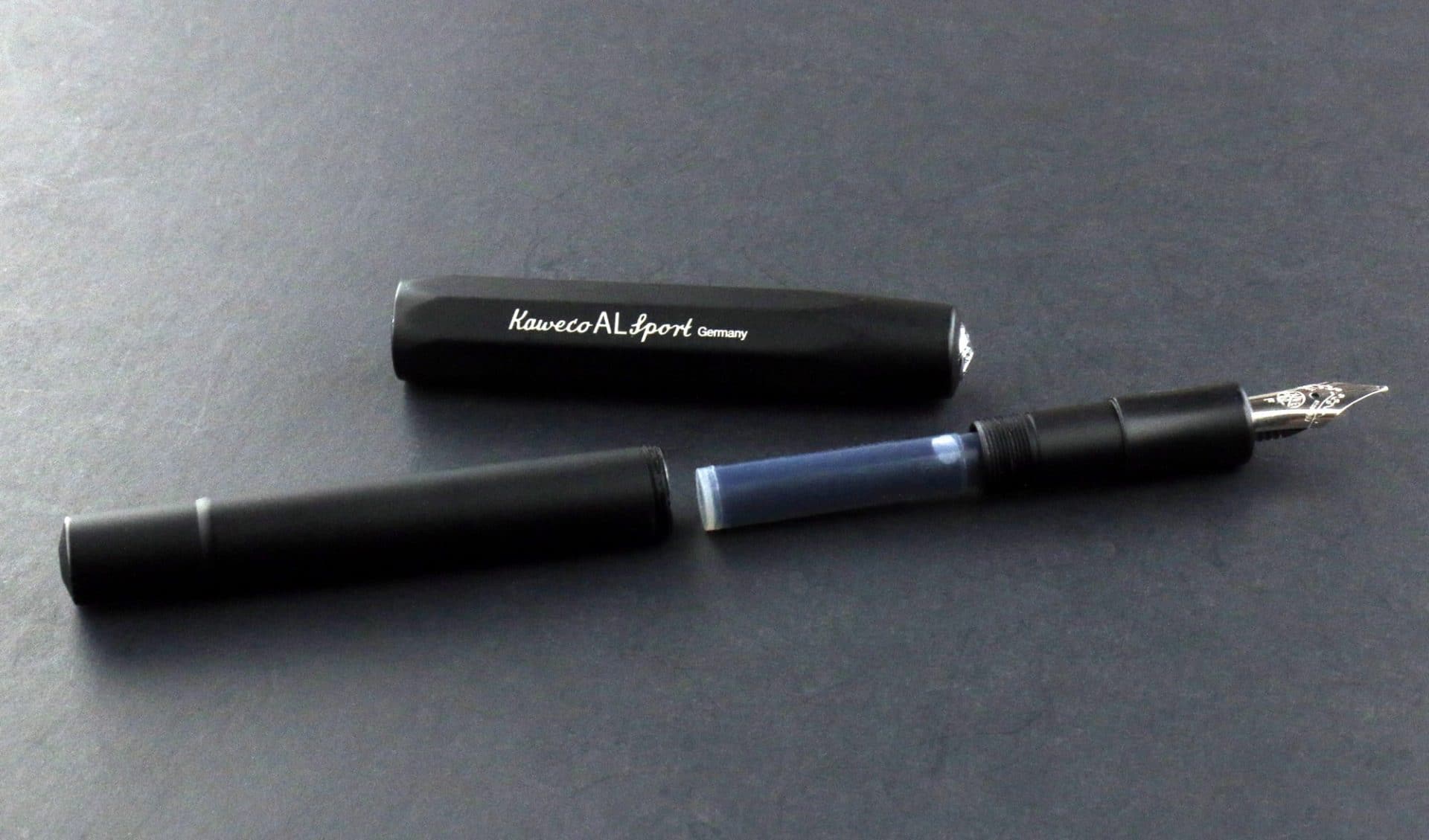The Evolution of the Pen: A Journey Through History
Ancient Origins:
The story of the pen begins in ancient times when our ancestors first sought ways to record their thoughts. The earliest writing instruments date back to around 3000 BCE, with the Sumerians using a reed stylus to imprint cuneiform symbols onto clay tablets. The Egyptians followed suit, employing reed brushes to write on papyrus scrolls.
The Quill Pen Era:
As societies advanced, so did the writing tools. The quill history of pen information a feathered shaft fashioned into a nib, emerged around the 7th century. The primary feathers of large birds, such as geese and swans, were favored for their durability and flexibility. Medieval scribes and scholars across Europe adopted the quill, refining their craftsmanship to create a precise writing tool that became synonymous with the written word.
The Renaissance and the Fountain Pen:
The Renaissance marked a turning point in the history of the pen. In the 17th century, the fountain pen made its debut with the invention of a self-contained ink reservoir. The pioneering pen, developed by M. Bion in 1702, featured a rudimentary ink reservoir and a flexible quill. However, it wasn't until the 19th century that significant advancements were made. The invention of the feed mechanism and the iridium-tipped gold nib by Lewis Waterman in 1884 revolutionized the fountain pen, providing a consistent ink flow and minimizing the need for constant dipping.
The Ballpoint Pen Revolution:
The mid-20th century witnessed a revolutionary leap in pen technology with the introduction of the ballpoint pen. Invented by Hungarian-Argentinian journalist László Bíró in 1938, the ballpoint pen featured a tiny ball bearing in the tip that rolled over paper, dispensing a quick-drying ink. The practicality of the ballpoint pen catapulted it into mainstream use, quickly surpassing the fountain pen in popularity due to its convenience and reliability.
The Rise of Rollerball and Gel Pens:
Following the ballpoint pen's success, further innovations led to the development of rollerball and gel pens. The rollerball pen, introduced in the 1980s, combined the smooth writing experience of a fountain pen with the convenience of a ballpoint pen. Gel history of pen assignment with their vibrant and smooth-flowing ink, became popular in the late 20th century, offering users a different writing experience.
The Digital Age:
As we entered the 21st century, the digital age brought new challenges to traditional writing instruments. The advent of smartphones, tablets, and stylus-based devices led to a decline in traditional pen usage. However, the nostalgia and appreciation for the craftsmanship of fine writing instruments persisted, leading to a resurgence of interest in high-quality pens among enthusiasts and collectors.

Comments
Post a Comment